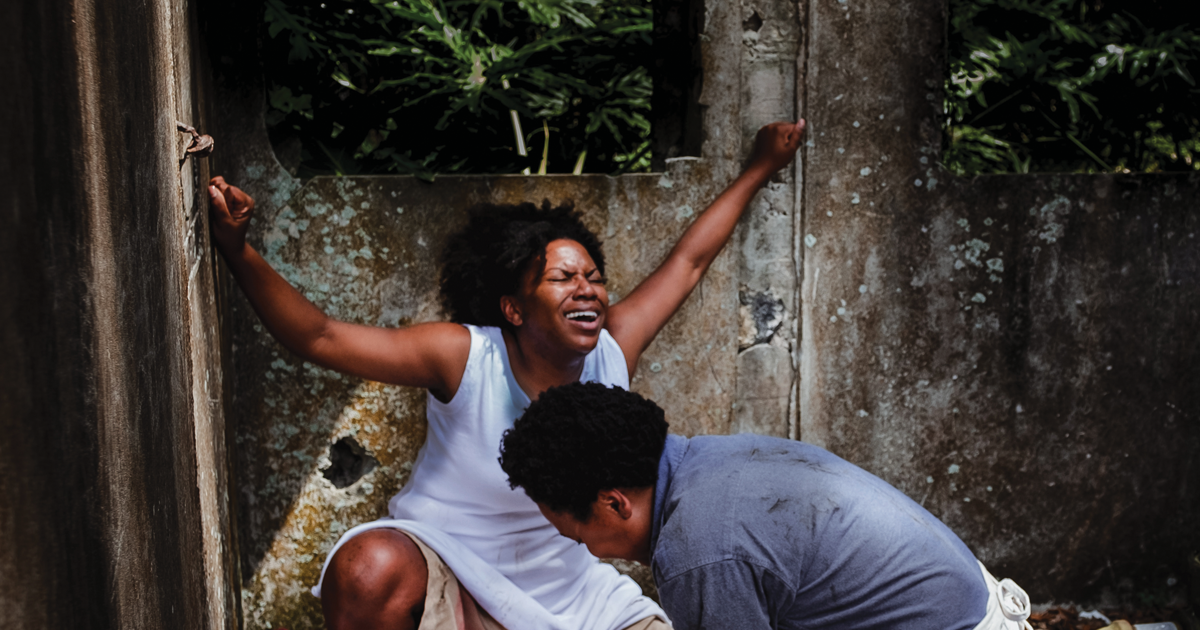
Photo by Lukasz Szmigiel
Learn what a Midwifery Today Online Membership can do for you. = Membership Article.

Photo by Lukasz Szmigiel

Photo by Pattie O’Loughlin
I have been asked to write about the first stage of labor and I will, I promise. However, this topic cannot be discussed without also talking about related matters, so please bear with me as we travel in and out from 1 cm to the big 10 (or, in the case of a breech baby, 11!).
Read more…. Leaving the Farmhouse: Musings on the First Stage of Labor

Photo by T. F. Ricketts [Public domain], via Wikimedia Commons
Measles is a viral, infectious disease. It is the most contagious of all infectious diseases. In the pre-vaccine era, measles affected nearly every individual during childhood. (ECDC). About 97% of exposed individuals who receive both vaccinations will not get measles, and neither will about 93% of those with only one vaccination (CDC 2016).

Elaine Baca—lanebphotography.com
It may help us to know that an average labor burns over 7000 calories! It’s hard work, hence the name labor. The first stage of labor is divided into three parts: 1) latent, early, or prodromal; 2) active first stage; and 3) transition.

Chinelle Rojas—tampabirthphotographer.com

Photo by Chris Ensey
Wisdom of the Midwives: To Suture or Not to Suture
Conversations from Facebook
Spring 2019, Issue 129

Jennifer Hamilton—mamarazziphotographytx.com
The first stage of labor is like many other firsts: full of the unknown—not knowing what is coming next or how long it may take. Mothers with many children have often told me, “The labor and births can all be so different.” This was also my experience in birthing five children.

Photo by Gustavo Cultivo
Over the last decades, the midwifery community has been struggling to increase the number of mothers who choose midwives and out-of-hospital birth. It seems to all of us (and our clients) that physiologic birth is obviously a safer, greener, more fulfilling option. So why don’t people get it? Why don’t people understand? Why do they put up with a 30%+ cesarean rate? Why don’t they read the research and convert? Why, indeed….

Milena ViVenzio—memoriesbythesmile.com
Let’s talk about the first stage of labor, especially for a first-time mom. I love helping women have their first babies; it’s such a special journey. A journey to bring a couple closer together and to show a woman how strong she is—physically, emotionally, and instinctively. I include in this group women who had prior babies in a hospital setting and do not understand the difference in having a baby at home—in the same environment where the baby is usually created. They are first-time moms, too, in having their babies at home.

Photo by Amy Reynolds
The warm breezes of an almost-summer afternoon rustle through leafy stalks in the tiny garden outside their bedroom window. June sunshine pours in through red grid frames, casting its rays across a woman’s worn, bare feet. Bent over the side of the bed, arms resting on her handstitched quilt, Lizzie’s quiet laboring form breathes through another wave of labor. It’s Sunday afternoon, neighbors are gone away, and Aravah and I are here waiting with them in this little house on a hill, at the very end of a quiet gravel road. Beyond her bent and weary form, the hills and valleys stretch to the horizon, cattle graze, an old draft horse swishes his tail and gives an occasional whinny, birds call, and the clouds are soft and puffy against a deep blue sky.
Read more…. A Heritage of Trust: A Primip Birth in a Rural Amish Community

Photo by Micheile Henderson
Almost everyone has heard of Hercules—famous for his strength—who performed 12 great labors and many other feats, including holding up the sky for Atlas and bringing Alcestis back from Hades (death) to her husband (life). Once there is a Disney-animated feature film about a hero like Hercules (Disney 1997), the hero’s name becomes familiar to many children and their parents worldwide. But few people know the name of Hercules’ mother, Alcmene, and even fewer know about Alcmene’s friend and midwife, Galanthis, who used her wits to defeat the goddess who was holding back the birth of Hercules.
Read more…. Galanthis, Alcmene’s Midwife: A Childbirth Myth of Ancient Greece and Rome

Aimee Hobbs—hobbsphotography.ca
Where does the first stage begin and where does it end?
I walk into the house and this particular mother has a history of abuse. I will not be surprised if something during this birth arises from that experience … or doesn’t arise. We have decided as a birth team to arrive one at a time and ease our way into the space, keeping our distance as needed. We are tracking the birth and the effects of our presence. Privacy is a priority even more than usual.